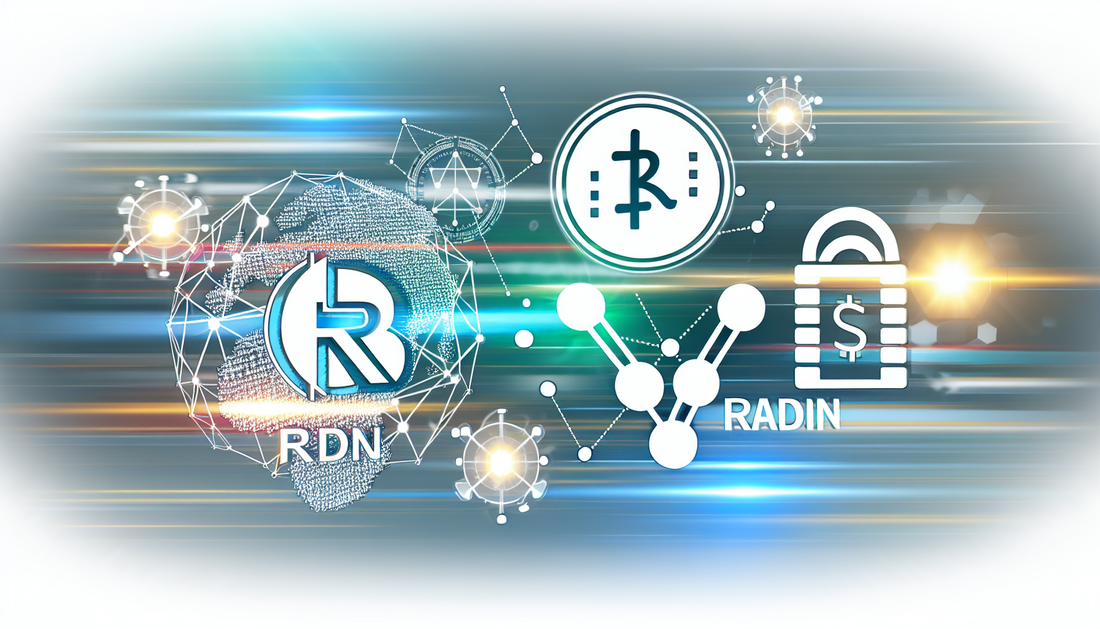
Decoding RDN: The Token Behind Raiden Network
Share
Understanding Raiden Network's Tokenomics: A Closer Look at RDN
As the world of cryptocurrency continues to evolve, understanding the tokenomics behind each asset becomes crucial for investors and developers alike. Raiden Network Token (RDN) is a key player in the realm of off-chain scaling solutions for Ethereum. This article delves into the intricate details of RDN's tokenomics, highlighting its role and function within the Raiden Network.
The Role of RDN in Raiden Network
RDN serves as the native token for the Raiden Network, a protocol designed to provide fast, low-fee, and scalable payment solutions on the Ethereum blockchain. By using off-chain payment channels, Raiden Network aims to alleviate congestion and reduce transaction costs, effectively enhancing Ethereum’s capabilities.
Emission and Distribution
RDN's initial supply and distribution were established through an Initial Coin Offering (ICO), aligning with commonly adopted methods in the cryptocurrency space. It's important for potential investors to understand how the emission schedule and distribution of RDN affects supply and demand dynamics.
Utility and Demand
The utility of RDN is rooted in its function as a medium within the network. By requiring RDN tokens for certain operations, such as facilitating faster confirmations, the token is integrated deeply into the network's ecosystem. This creates inherent demand for RDN, especially as adoption of the Raiden protocol grows. For a comparative analysis of utility tokens, readers might find insights in the piece about Unlocking HIVE: The Future of Blockchain Innovation.
Incentives and Security
Secure and incentivized participation forms a cornerstone of any blockchain network. The Raiden Network employs RDN as a means to incentivize nodes and participants for maintaining and securing the network. An effective incentive mechanism ensures robustness and reliability, key elements for sustaining the network’s infrastructure.
Challenges and Critiques
Critics of RDN may point to issues such as the token's relatively low visibility compared to more mainstream Ethereum-based tokens. Additionally, the success of RDN depends significantly on the widespread adoption of off-chain scaling solutions. Similar challenges are prevalent within the DeFi space, as highlighted in discussions on blockchain-based escrow services.
Conclusion
The tokenomics of RDN play an integral role in its function and adoption within the Raiden Network. As with any cryptocurrency, understanding these dynamics helps participants make informed decisions. For those looking to explore investment opportunities, platforms like Binance offer access to a variety of crypto assets, including RDN.
